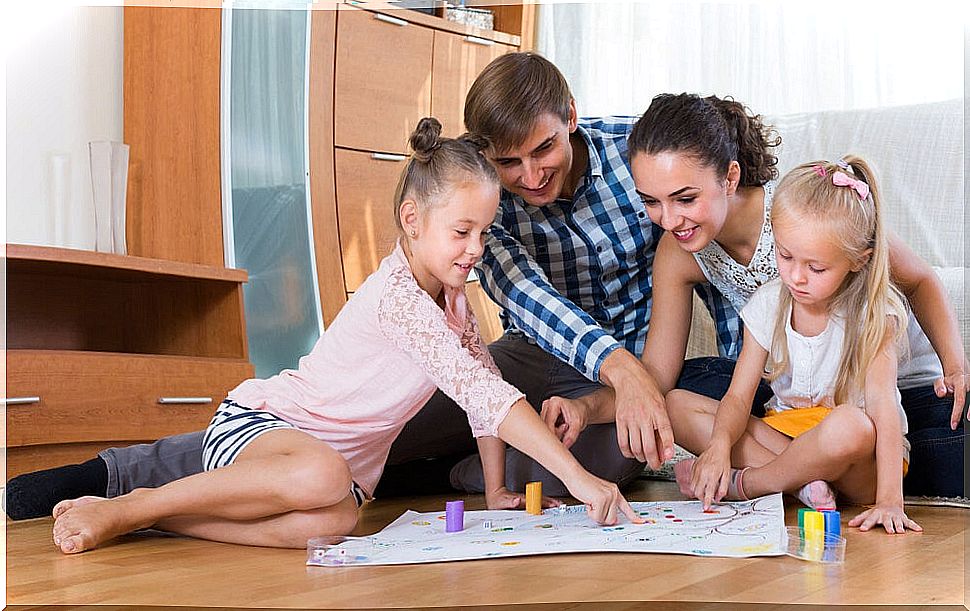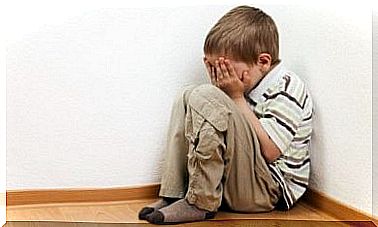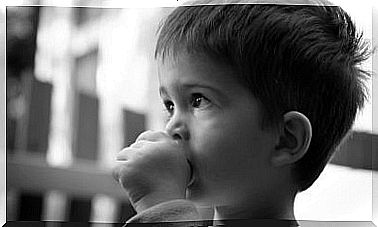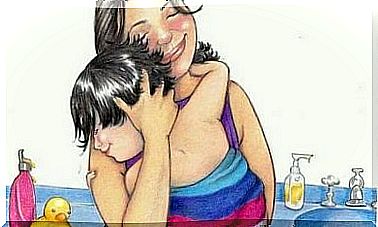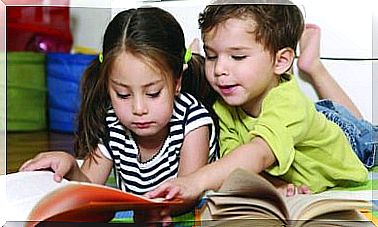Games To Teach Good Manners To Children

Knowing and practicing rules of courtesy and kindness allows people to better get along with others in different contexts and situations. Thus, teaching good manners to children is to provide them with tools so that, as they grow, they can behave better in different areas.
Because, ultimately, are not good manners a letter of introduction of the people? A cover letter on which it will depend, on occasions, that doors are opened or closed to work, study or social relations opportunities.
What are good manners?
Good manners refer to institutionalized rules, norms and codes of conduct in each society, to show education and respect towards other people. With which, good manners allow to relate and improve coexistence with people through attitudes or behaviors such as greeting correctly, thanking, asking for please and apologies, offering help, being friendly and collaborative.
As has been said, good manners are closely related to different societies, their culture and customs. And they have also been changing and evolving over time according to historical circumstances.
Thus, learning good manners is also recognizing that they are not the same everywhere, not in all circumstances, or with all people.

Now, what is indisputable is that courtesy and good manners are important to establish relationships with others. And it is imperative that good manners are taught both at home and at school, because they are ways of showing consideration and appreciation for the other person. And because, in addition, they help people to make themselves known in any field, both formal and informal.
Can children be taught good manners by playing?
The answer to this question is yes. Like everything that is taught to children, if it is through play, much better. In children, the game is a very good didactic strategy and has a fundamental value as a learning instrument.
Through play, the little ones can learn rules and behaviors of courtesy and kindness, and thus develop and internalize the habit of acting and behaving with good manners.
Therefore, below, we propose several fun games that can be used both at home and at school so that little by little, little by little, they learn some basic rules of courtesy.
Playing snack to teach children good manners
A great idea is for parents to organize an afternoon with friends and take that opportunity to make a delicious snack in which the objective is to learn to eat correctly.
In this way, all the little diners will be able to enjoy a delicious cake and a good chocolate or vanilla shake, as long as they respect the following rules:
- Do not rest your elbows on the table while eating and stay seated with your back straight.
- Chew each bite well, eat with your mouth closed, and do not speak with your mouth full of food.
- Each one use his napkin and place it on his lap, as well as use it several times during the snack to clean both his mouth and his hands.
- Talk to the rest of the children in a calm way, without screaming or talking all at the same time.
Play turns and manners cards
An interesting activity is to distribute among the children picture cards with children who have good and bad manners or, in any case, with phrases about good and bad manners. And, in turn, also distribute letters with numbers, which will be the ones that will grant the turn to speak.
Thus, according to the number that has been randomly assigned to each child, he must talk about what he sees or what he reads in the manners chart.
The idea is that with this activity the children express their opinion and talk about good manners and, in addition, exercise patience and respect for the other’s word while they wait their turn to speak.
Fun-filled stories to teach children good manners
The educational value of stories to teach children is indisputable. With a story, children learn values, they learn about their emotions, about the world, animals and nature, and they can also learn about manners.
In this sense, selecting stories that are about the adoption of good manners by their characters can be a wonderful idea for children to learn.
Sing and dance with good manners to learn them
An activity whose objective is to put music and rhythm to phrases about good manners can be a fun strategy for children to learn them and also exercise their memory.
Thus, children can be invited to “rap”, for example, statements such as: “How cool to ask permission, please and give help; To be cool is to say hello when we arrive and when we leave; The best respect their elders, listen to others and are kind to all people ; o Giving thanks makes us go far ”.
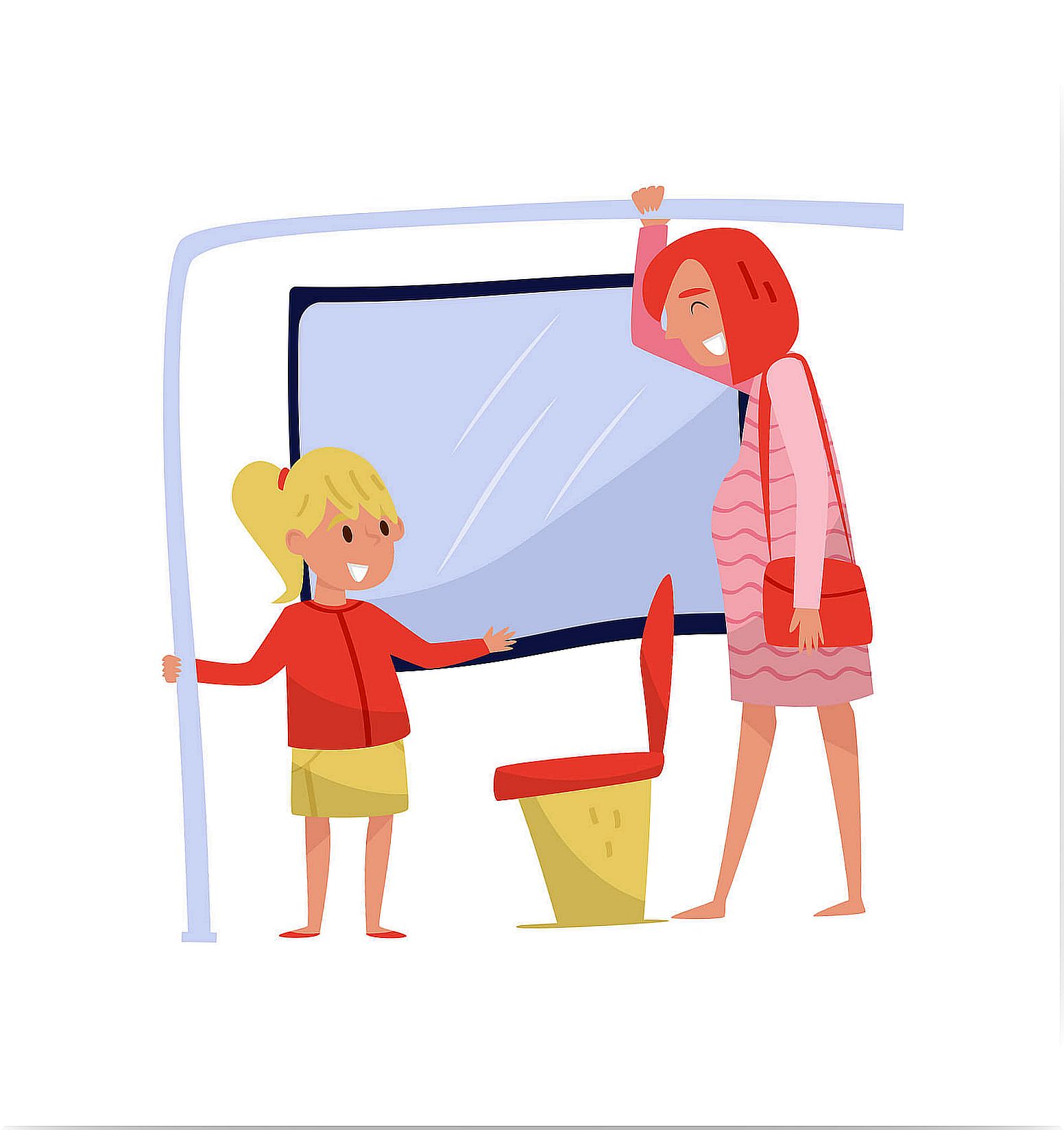
The puppets of the pretty manners
Finally, an activity that children like a lot is puppets and, if they are characters they know and love, much better.
Thus, both at school and at home, you can make charming friends out of old clothes and recycled materials and create stories around superhero puppets who fight for good manners and fight battles in:
- A bus, with the mission of explaining and convincing younger people to give up their seats to older people and pregnant women. Or to people who have a disability.
- In the streets, parks and schools, with the mission of reminding all people that paper, plastics and garbage, in general, should not be thrown anywhere, but rather that the appropriate containers must be found to throw away and recycle. The trash.
We hope that very soon you will put these games into practice to teach good manners to children with your children. You will have a great time while they learn without realizing it!
